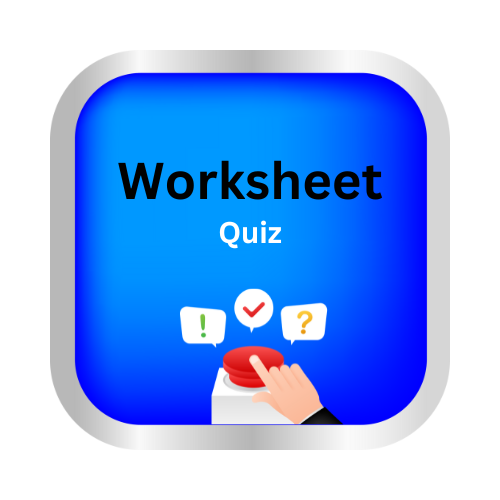Correct Measurement Of Length
Key Notes :
Understanding Length
- Length is the measurement of how long an object or distance is.
- It is one of the most common physical quantities measured in everyday life.
Units of Measurement
Standard Units: In the metric system, the basic unit of length is the meter (m).
Other units include:
- Centimeter (cm): 1 m = 100 cm
- Millimeter (mm): 1 cm = 10 mm
- Kilometer (km): 1 km = 1000 m
In some countries, the imperial system is used, with units such as feet (ft), inches (in), and miles (mi).
Measuring Tools
- Ruler: Used to measure small lengths (in centimeters or millimeters).
- Measuring Tape: Used for longer lengths and measuring curved objects.
- Calipers: Used for precise measurement of small objects, typically in millimeters or micrometers.
- Meter Stick: A long stick that measures one meter, often used for classroom measurements.
Reading Measurement Tools Correctly
- Always start measuring from 0 on the scale to avoid errors.
- Be aware of decimal places when using centimeters or millimeters.
- Align the measuring tool properly to avoid parallax errors, which occur when the measurement is read from an angle.
Estimating Length
Sometimes, measurements do not exactly match the marked values. In such cases:
- Estimate the measurement by looking at the nearest smaller and larger marks.
- Round up or round down depending on the closest mark.
Converting Units
To convert between different units, use the following conversions:
- 1 km = 1000 m
- 1 m = 100 cm
- 1 cm = 10 mm
Example: Convert 5 meters to centimeters: 5 m = 5 × 100 = 500 cm.
Accuracy and Precision
- Accuracy refers to how close the measured value is to the true value.
- Precision refers to how consistent the measurements are when repeated.
- Always measure carefully and take note of any possible errors.
Let’s practice!

